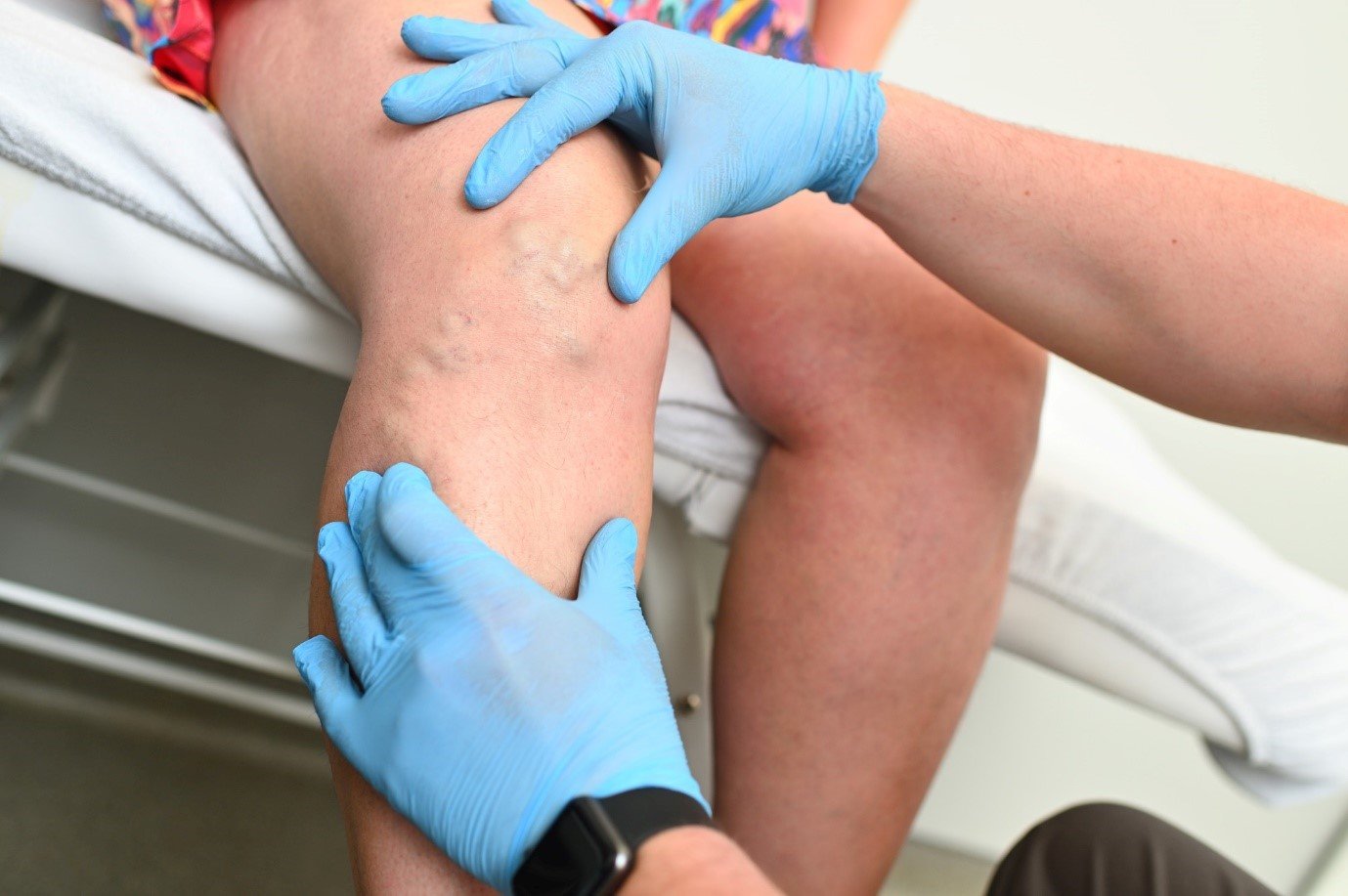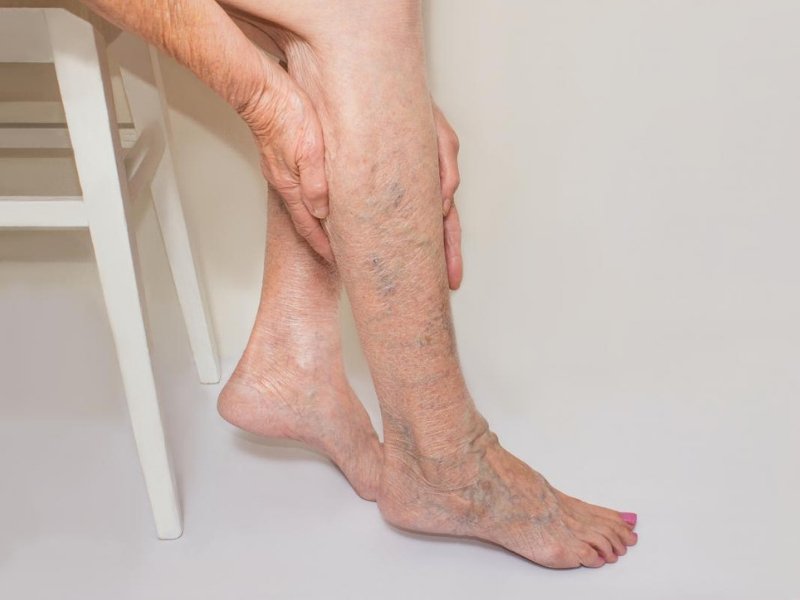What is a leg ulcer?
A leg ulcer is simply a break in the skin of the leg, which allows air and bacteria to get into the underlying tissue. This is usually caused by an injury, often a minor one that breaks the skin.
In most people, such an injury will heal up without difficulty within a week or two. However, when there is an underlying problem the skin does not heal and the area of breakdown can increase in size. This is a chronic leg ulcer.
What causes leg ulcers?
The most common underlying problem causing chronic leg ulcers is the disease of the veins of the leg. Venous disease is the main reason for over two-thirds of all leg ulcers.
- Venous Disease (caused by veins not working) – about 80% of leg ulcers
- Arterial Disease (caused by the arteries not working) – about 15% of leg ulcers
- Other causes (includes diabetes and rheumatoid arthritis as well as some rare conditions) – about 5% of leg ulcers
In some cases, two or more conditions may be causing damage at the same time. Your doctor will examine you and do some tests to see what sort of ulcer you have. The following advice applies to venous ulcers and may not be appropriate for other sorts of ulcers.
The mainstays of treatment are compression bandaging or stockings and elevation of the limb:
Elevation of the limb
The higher the leg, the lower the pressure in the leg veins. If the foot is elevated above the heart then the pressure in the foot drops to a normal level. Put your legs up whenever you can and as high as you are an able-the arm of the sofa is good. Elevate the lower end of your bed (6 inches or so) so that when in bed your feet are a little higher than your head. You can use some old books for this.
Compression bandaging or stockings
In order to keep the pressure in the leg veins at the ankle low when you are standing up, you will be treated with compression bandaging or stockings. Several layers of bandages may be required to get the necessary pressure to control the veins. Once the ulcer is healed, compression stockings are usually necessary to prevent the ulcer from returning. These stockings need to be specially fitted and are much stronger than ordinary “support tights”. If you have difficulty putting on your stockings then you can buy a special stocking applicator.
Dressings
The nurse will use a number of different dressings under the bandages depending on the state of the ulcer itself. These dressings may well change as the ulcer progresses.
Surgery
Very occasionally, for the largest or very resistant ulcers, either a skin graft or an operation on the veins may be necessary. If your ulcer is due to varicose veins then these may be treated, usually, once the ulcer has healed.
How long will it take the ulcer to heal?
It has usually taken many years for the venous disease to cause the ulcers, so it is not surprising that the ulcers may take a fairly long time to heal. Although most venous ulcers will heal in 3-4 months, a small proportion will take considerably longer. Don’t despair! Even in these resistant cases, treatment is eventually successful.




